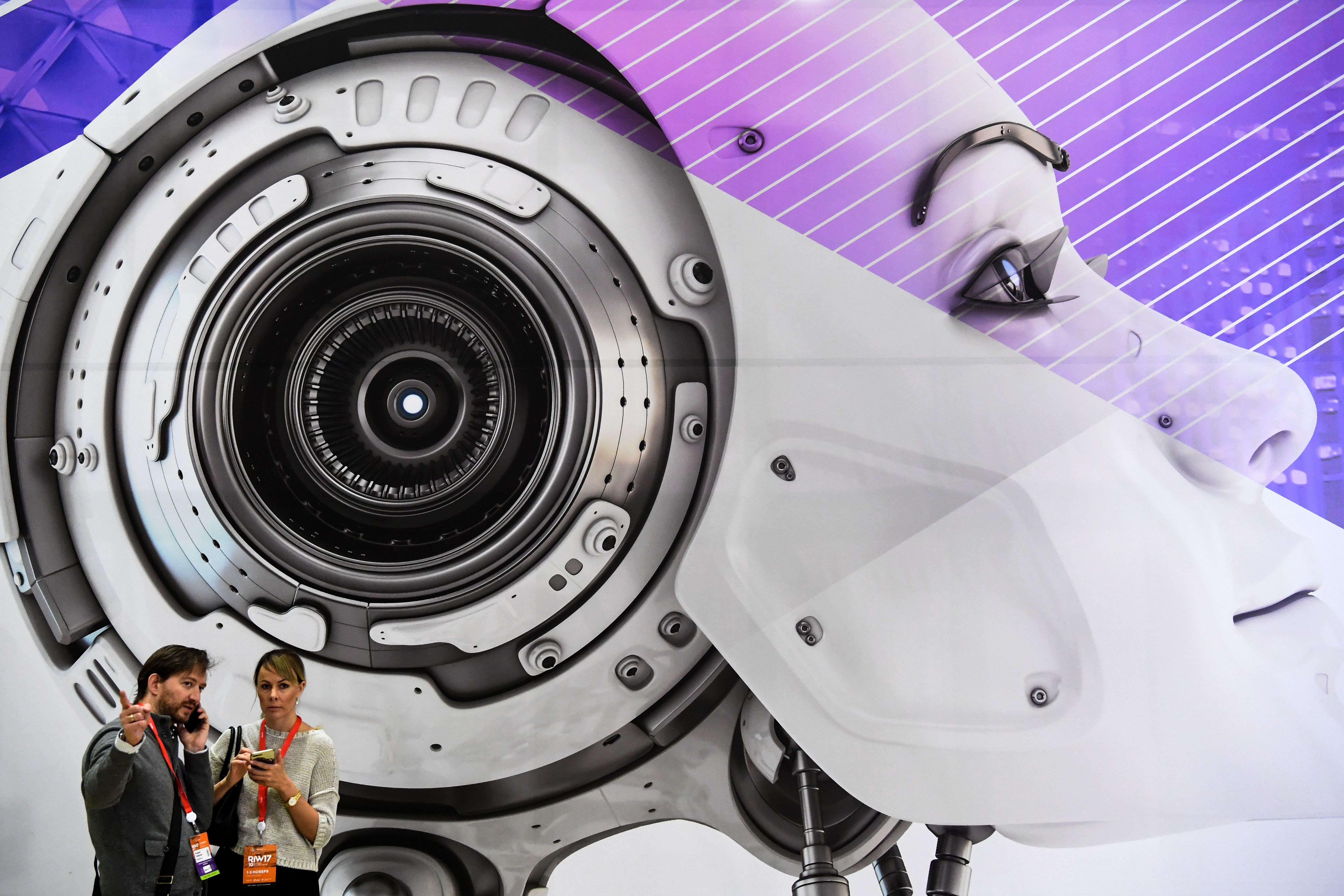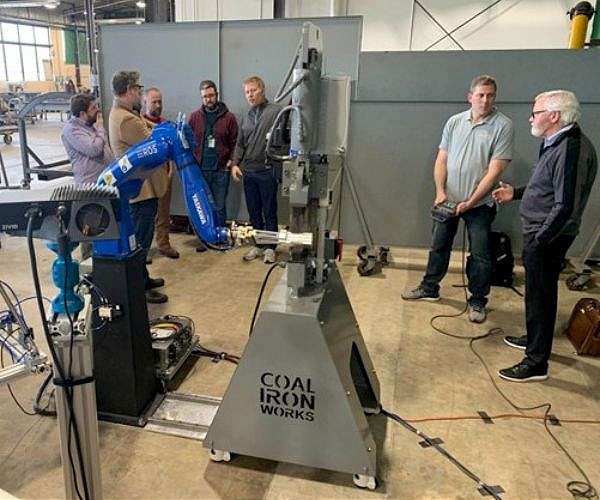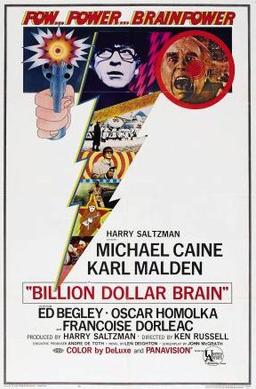... exponential increases in the power of computer processors will add more computing power over the next decade than in all of human history combined. This has implications for the military as increasingly sophisticated algorithms (machine learning) will exploit the growing availability of digital content (big data) in a much faster manner and potentially further reduce the role of humans.
... software will steadily reshape the technological race. The modern combat soldier is embedded in a web of software that provides intelligence, communications, logistics, and weapons guidance. Intelligence agencies do large-scale data mining with software to uncover and track potential threats. In particular, this happens due to ongoing developments in the field of deep neural networks.
A neural network is essentially a computer program with hundreds of millions of virtual components connected by virtual wires. These virtual wires have different connection strengths. Neural networks can help measure next-generation AI and machine learning algorithms’ reliability, which can be applied in command and control systems, precision fire, and decision support systems. Moreover, neural networks enhance detection capabilities, such as the autonomous underwater vehicles that are equipped with synthetic aperture sonars used for mine detection.
... the proliferation of portable electronic devices alters the battlefield. They are the fundamental components of numerous systems such as radar, communications, electronic intercept equipment, and weapon guidance seekers.
...
Three structural constraints limit the room for innovation and Russia’s ability to close the gap with technological leaders. Russia’s preference for domestic supply chains limits the markets it can draw from. Declining standards for science and engineering education have led to the decline of leading Russian computer science research institutions—such as Moscow State University—as reflected in global rankings. Finally, sanctions restrict access to international technologies.
...
In October 2012, Russia established the Advanced Research Foundation (Фонд перспективных исследований, FPI) which is roughly analogous to the U.S. Defense Advanced Research Project Agency (DARPA). The FPI focuses on high payoff technologies, including for the defense sector, such as hypersonic vehicles, AI, unmanned underwater vehicles (UUVs), cognitive technologies, and directed energy weapons.
...
To enhance military research and development (R&D) as well as science and technology, the Russian Ministry of Defense launched the ERA Technopolis (Технополис ЭРА), a sort of military Silicon Valley created by Vladimir Putin’s 2018 decree. Its priority fields include AI, small spacecraft, robotics, automated control and IT systems, computer science and computer engineering, pattern recognition, information security, energy sufficiency, nanotechnology, and bioengineering.
In recent years, Russia has made the most visible technological progress in hypersonic technology, AI, and autonomous systems.
...
Russia has pursued the development of AI with an increasing sense of urgency. In October 2019, Russia adopted a national strategy for the development of AI through 2030. Russian military specialists in the field of AI applications are increasingly making advances in the use of such technologies, primarily in the maritime context, even as Russian naval power has always taken second priority to its land power. Moscow’s interests in the use of AI to further develop maritime military capabilities relates to the future development of surface and sub-surface platforms that will be fully roboticized.
At a strategic level, Moscow created the National Defense Management Centre (Национальный центр управления обороной РФ), which is the key military command and control node in peacetime and conflict. The center uses AI in its daily functioning to collect and organize information. This is especially interesting as the center also houses the Russian military’s supercomputer, which was acquired to run models that predict the development of ongoing and future wars by analyzing the current security environment and drawing conclusions from past conflicts.
Finally, the Russian military pursues a wide range of autonomous systems and platforms. The development of autonomous systems is currently done in close conjunction with the ongoing works on AI. Russia has paid special attention to the development of unmanned and autonomous military systems, which it has tested in combat in eastern Ukraine, Syria, and the 2020 Nagorno-Karabakh war. Moreover, Russia has also made some important progress in swarming technology.
...
... Russia will try to increase its industrial partnerships with major non-Western countries, primarily India and China. The goal of the cooperation will be to secure financing and technological cooperation on EDT projects, including those for military purposes.
...
While numerous countries and international organizations, including the United States and NATO, have already adopted or worked on principles of responsible and ethical use of EDTs (concentrating for now primarily on AI), Russia has not taken any concrete actions in this regard. Russian authorities argue that excessive regulation can hamper the pace of development of EDTs, including AI, thus impairing the country’s chances in the technological race. If Russia decides to carry on with the current approach, this will affect both its internal and external policies. Internally, a lack of ethical and moral considerations will help the Russian authorities tighten their autocratic grip over society—for example, through the mass use of surveillance hardware and AI to gather information on and persecute protestors and political opposition. Externally, it might further strengthen its strategic cooperation with China, which shares the same reluctance to include ethical and moral norms in the development efforts of EDTs. At the same time, this might also deepen Russia’s existing isolation and disconnection with the West.
...
In conflict, Russia uses surprise and deception and undertakes asymmetric operations to destabilize, overwhelm, and fracture the adversary. Development of EDTs will allow Russia to further adapt its asymmetric warfare model and employ hybrid instruments against its adversaries, including NATO and its partners. EDTs will enhance deniability, which is the main feature of the Russian hybrid warfare model. AI and big data will be used alongside cyber, information, psychological, and social engineering capabilities as part of cognitive warfare. EDTs will, therefore, help Russia to continue to conduct destabilization campaigns, which are intended to impose conditions of “unpeace” in the Euro-Atlantic space.




